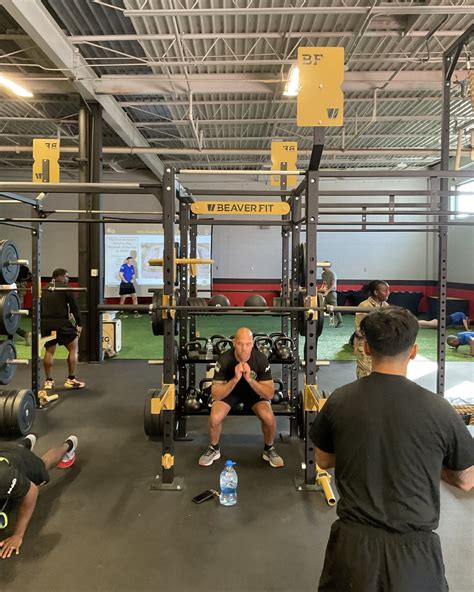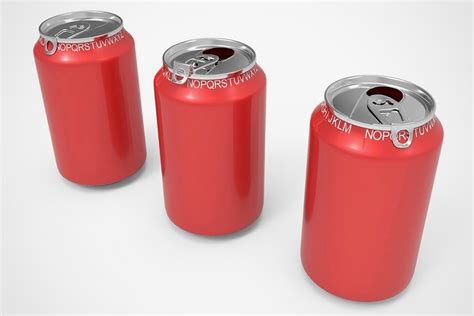What’s the most time-efficient workout for peak muscle and performance gains?

In today’s fast-paced world, finding adequate time for comprehensive workouts can feel like an uphill battle. Many aspire to build peak muscle and enhance athletic performance, but time constraints often lead to inconsistent training or suboptimal results. The good news is that maximizing your gains doesn’t necessarily require endless hours in the gym. The key lies in strategic, intelligent training that prioritizes efficiency and effectiveness.

The Cornerstone Principles of Time-Efficient Training
To achieve impressive muscle and performance gains in limited time, certain principles must be at the forefront of your training philosophy:
- Compound Movements: These exercises work multiple muscle groups and joints simultaneously, offering the biggest ‘bang for your buck’. Think squats, deadlifts, bench presses, overhead presses, and rows.
- Intensity Over Volume: Instead of doing many sets with moderate effort, focus on fewer sets performed with high intensity and challenging weights. This stimulates muscle growth and strength adaptations more effectively.
- Progressive Overload: Consistently strive to increase the demand on your muscles. This could mean lifting heavier weights, performing more repetitions with the same weight, or improving your form over time.
- Adequate Recovery: While not a workout principle, ensuring proper rest, nutrition, and sleep is crucial for muscle repair and growth, making your efforts in the gym count.
High-Intensity Interval Training (HIIT) for Performance
HIIT is renowned for its time-saving benefits and remarkable impact on cardiovascular fitness and fat loss. While often associated with cardio, HIIT principles can be effectively applied to strength training for performance gains. Short bursts of maximal effort followed by brief recovery periods can significantly improve anaerobic capacity, endurance, and power output, all within a compressed timeframe.
For example, a strength-based HIIT session might involve performing a set of burpees, kettlebell swings, or box jumps at maximum effort for 30-45 seconds, followed by 15-30 seconds of rest, repeated for 4-6 rounds.

Full-Body Workouts: Maximizing Muscle Stimulation
For muscle gain, full-body workouts are arguably the most time-efficient approach. Instead of dedicating separate days to individual muscle groups (which often requires 4-5 gym sessions per week), a full-body routine allows you to hit all major muscle groups 2-3 times per week. This frequency is optimal for stimulating muscle protein synthesis and promoting growth.
A typical full-body session might involve:
- A primary compound lower body exercise (e.g., Squats, Deadlifts)
- A primary compound upper body push (e.g., Bench Press, Overhead Press)
- A primary compound upper body pull (e.g., Bent-Over Rows, Pull-ups)
- An accessory exercise or two that targets smaller muscle groups or complements the main lifts (e.g., Lunges, Bicep Curls)
This structure ensures all major muscle groups are worked, promoting systemic muscle growth and strength development efficiently.

Strategic Exercise Selection and Pacing
When time is limited, every exercise counts. Prioritize exercises that provide the greatest return on investment. As mentioned, compound movements are paramount. You can further enhance efficiency by:
- Supersets: Performing two exercises back-to-back with minimal rest, targeting opposing muscle groups (e.g., Bench Press followed by Bent-Over Rows) or different body parts (e.g., Squats followed by Pull-ups).
- Circuit Training: Moving through a series of exercises with little to no rest between them, only resting after completing one full circuit. This keeps your heart rate elevated and maximizes caloric expenditure alongside strength work.
Focus on maintaining good form under fatigue and pushing yourself within safe limits.

Optimizing Your Training Session
Beyond the core exercises, a few strategies can further refine your time-efficient workout:
- Brief, Effective Warm-up: 5-10 minutes of dynamic stretches and light cardio to prepare your body, followed by a few warm-up sets for your main lifts.
- Focused Effort: Eliminate distractions. Stay present and focus on the mind-muscle connection during each rep.
- Track Progress: Keep a log of your workouts. This helps you ensure progressive overload and celebrate your improvements, keeping motivation high.
- Quick Cool-down: 5 minutes of static stretching for major muscle groups can aid flexibility and recovery.

Conclusion
The most time-efficient workout for peak muscle and performance gains isn’t a secret formula, but rather a strategic application of proven training principles. By prioritizing compound movements, embracing high intensity, utilizing full-body routines or strategic HIIT, and optimizing your session structure, you can achieve remarkable results without sacrificing hours of your week. Consistency, smart programming, and a commitment to progressive overload are your greatest allies in this pursuit.









